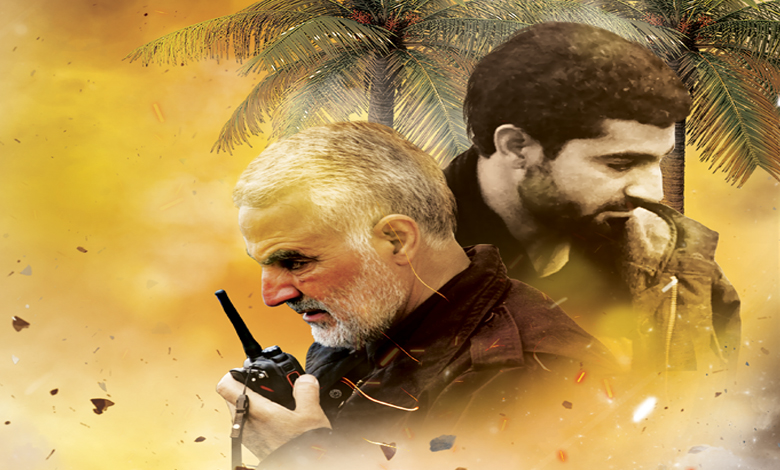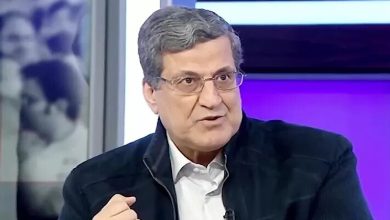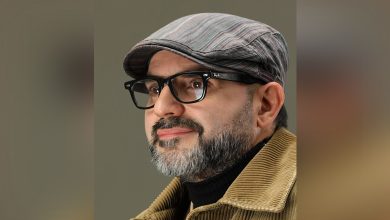Part One: From Birth to Martyrdom (Section Two)

 Political Section
Political Section
The Role of the Imposed War in Shaping Qasem Soleimani’s Character
In the mid-1960s, in the village of Qanat-e-Malak in Rabor County, Kerman Province, a child was born who would later profoundly influence the course of Middle Eastern events. Qasem Soleimani, born into a humble and hardworking family, was raised in a devout and culturally rich environment that valued religion, homeland, and labor. This upbringing played a key role in shaping a passionate, humble, and resilient spirit within him.
Soleimani’s adolescence coincided with rising public dissatisfaction against the Pahlavi regime. However, the turning point in his character development came with his entrance into the battlefield in the early years of the imposed war. The young Haj Qasem, initially joining as a simple combatant, quickly drew attention for his discipline, courage, and military intelligence, and was soon appointed commander of the 41st Tharallah Division—a unit that would later become synonymous with heroism and sacrifice.
During the war, Soleimani emerged not only as an operational commander but also as a field strategist during complex crises such as Operation Valfajr-8, Karbala-5, and border operations. He led from the front alongside his troops, a leadership style that remained with him throughout his life. After the war, instead of retiring or joining formal political structures, he chose a new path: confronting emerging transnational threats. In the 1990s and 2000s, as Al-Qaeda, the Taliban, and later ISIS destabilized the region, Haj Qasem assumed command of the Quds Force, a role requiring deep understanding of regional dynamics, coordination with multiple actors, and management of military, political, and cultural arenas simultaneously.
From Iraq to Lebanon, Syria, Afghanistan, and Yemen, Soleimani became the architect of what is now called the “Resistance Front.” He was not only an operational commander but also a teacher and adviser to resistance leaders. In strategic meetings, relying on intelligence analysis and deep understanding of the region’s ethnic and religious fabric, he proposed plans that often disrupted enemy calculations.
Soleimani’s character combined strategic rationality with practical spirituality. He drew upon the Quran, Du’a Kumayl, and Nahj al-Balaghah in his speeches, and in his conduct, his humility, kindness toward people, and steadfastness against the enemy were evident. He remained a soldier at heart, even when his name gained global recognition. His simple attire, unpretentious presence on the battlefield, and nightly tears during Tahajjud prayers left a unique image of a spiritual-military leader.
Soleimani’s life—from Qanat-e-Malak to Baghdad Airport—tells the story of a man who transcended geographic boundaries and won hearts. His martyrdom was not the end of a mission; it marked the beginning of a new chapter in the fight of nations against domination and inspired a generation that relies on its own native heroes rather than imported myths.
Transition from Field Commander to Architect of the Resistance Front
Soleimani’s transition from a field commander to the architect of the Resistance Front marked a critical turning point in his personal and strategic evolution. Having gained extensive experience in classic and guerrilla warfare during the imposed war, after its end he entered a domain encompassing not only battlefields but also informal diplomacy, transnational networking, and strategic engineering of the Resistance Axis.
In the 1990s, faced with the post-Bosnia developments, the occupation of Afghanistan, and the strengthening of Takfiri movements, Soleimani solidified his regional influence through his official command of the Quds Force—a role that transcended national borders. Unlike purely military commanders, Haj Qasem was able to forge a dynamic link between the battlefield and negotiation tables, between operations and alliances, and between weaponry and politics.
Over time, he became a key figure in designing resistance networks across several countries: from rebuilding Hezbollah after the 33-day war, to organizing the Popular Mobilization Forces in Iraq, and stabilizing the Syrian government amid the proxy war.







